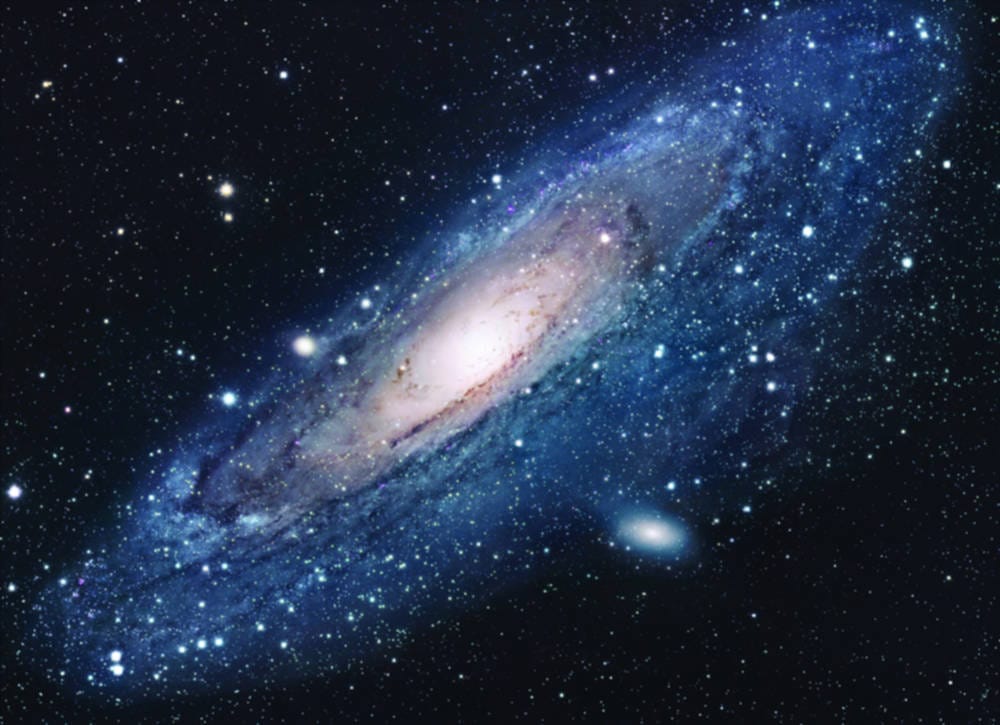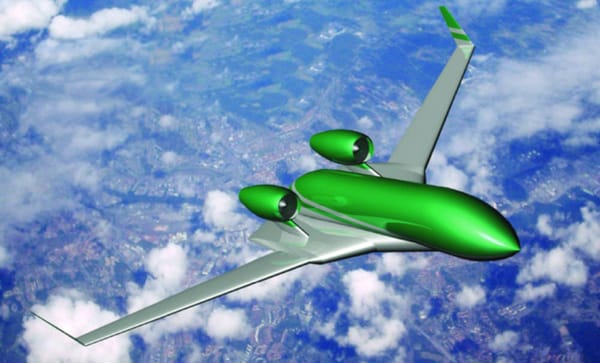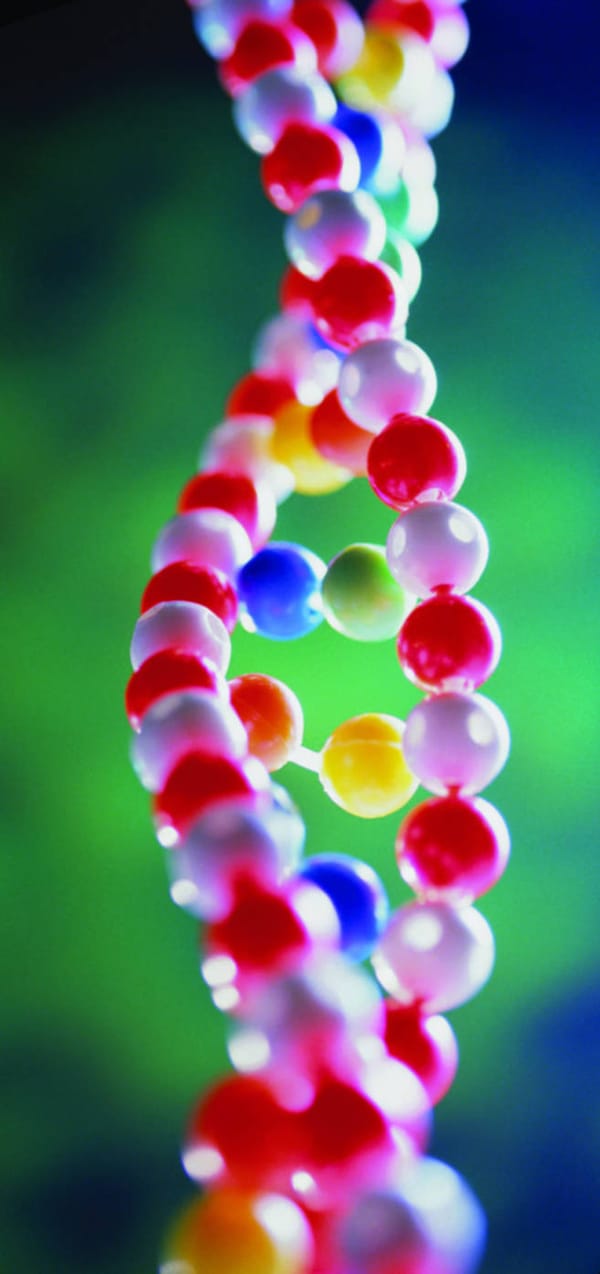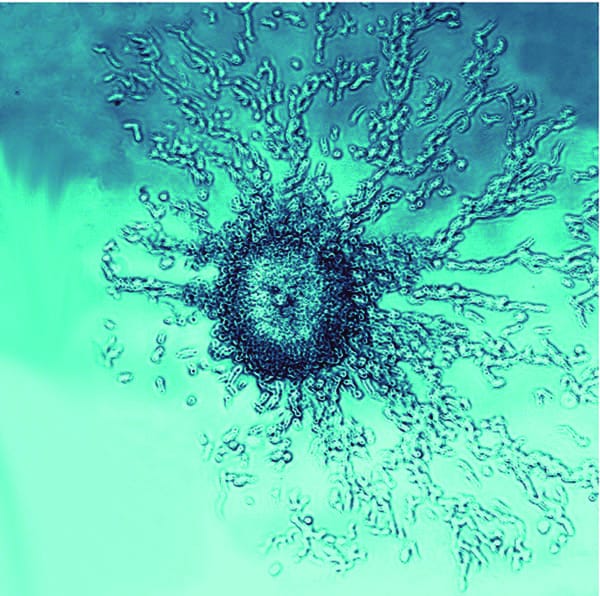In a galaxy far, far away...
Most distant galaxy ever detected

There haven’t always been stars and galaxies in the universe, and the time when they began to form — known as the reionisation epoch — is the subject of much interest in astrophysics. A paper published in Nature last week details a discovery that could tell us more about this mysterious time.
In the paper, Rychard Bouwens and colleagues say they have detected the most distant galaxy ever seen; the light from the galaxy was emitted only 500 million years after the Big Bang. This age puts it well within the epoch of reionisation.
The galaxy has the highest redshift ever observed; it was from this that the team were able to calculate the galaxy’s age.
Cosmological redshift is a measure of how fast an object is moving away from the Earth and is a consequence of the expanding Universe. Objects with higher redshift are moving away from the Earth faster than those with lower redshifts, which means they are further away from Earth and also further back in time. To put it simply, the higher the redshift the older the galaxy.
Bouwens and colleagues used something known as the Lyman-break technique to identify the galaxy. This technique relies on a sharp drop in the spectrum of a galaxy that is due to the absorption of energetic photons by neutral gas that surrounds galaxy forming regions. The discovery can then be confirmed by looking at optical images.
For a long time the observations required to study the reionisation epoch were out of reach, but recent images from Hubble are making the detection and study of far away galaxies possible for the first time. The new galaxy was discovered in images taken by Hubble’s Wide Field Camera 3.
Bouwens and colleagues also looked into the rate of star formation at the time just after the newly discovered galaxy. They discovered that in just 200 million years the rate of star formation increased tenfold. This confirms that the newly discovered galaxy is right in the heart of the reionisation epoch, and sheds new light on how the stars and galaxies we see today formed.
“We’re seeing huge changes in the rate of star birth that tell us that if we go a little further back in time we’re going to see even more dramatic changes,” said Garth Illingworth, a co-author of the paper from the University of California at Santa Cruz. “We’re moving into a regime where there are big changes afoot. Another couple of hundred million years back towards the Big Bang, and that will be the time when the first galaxies really are starting to build up.”








